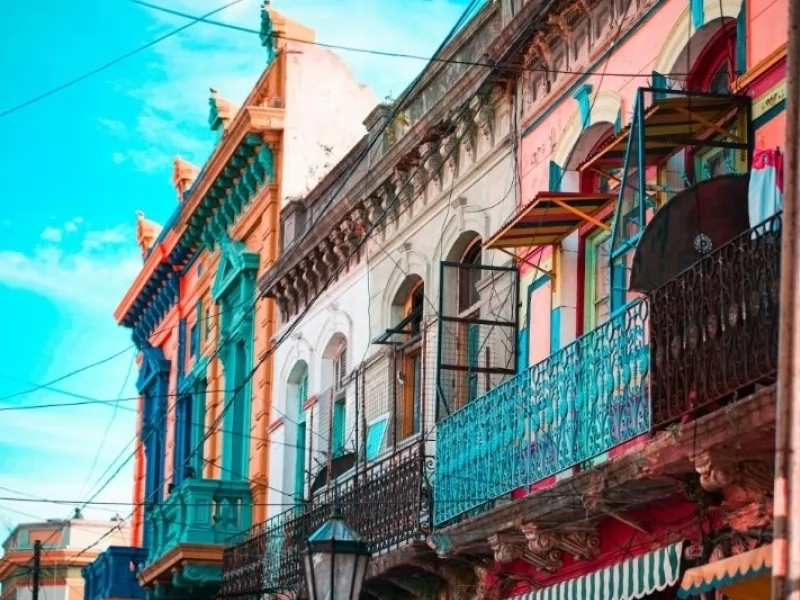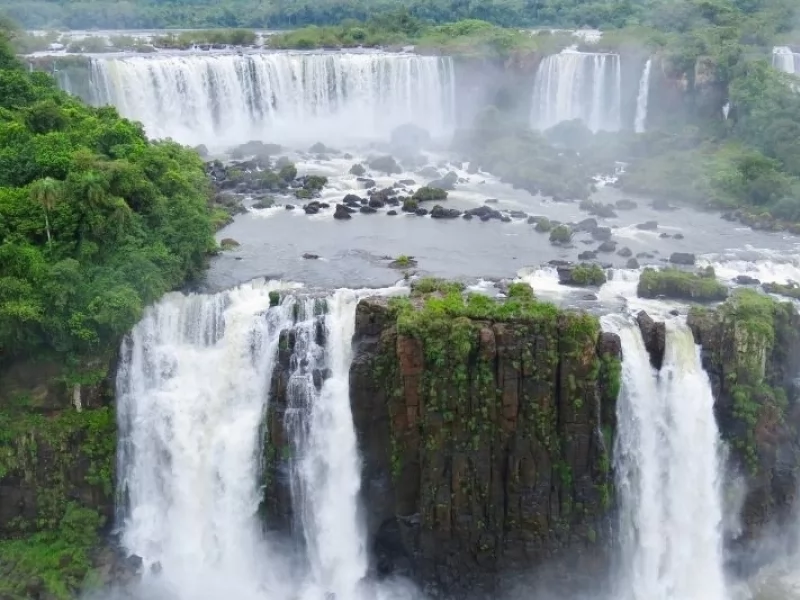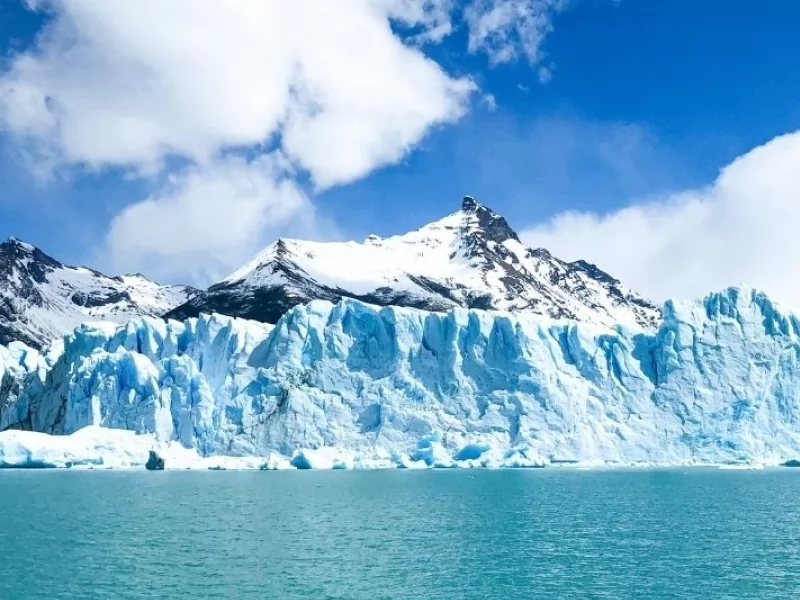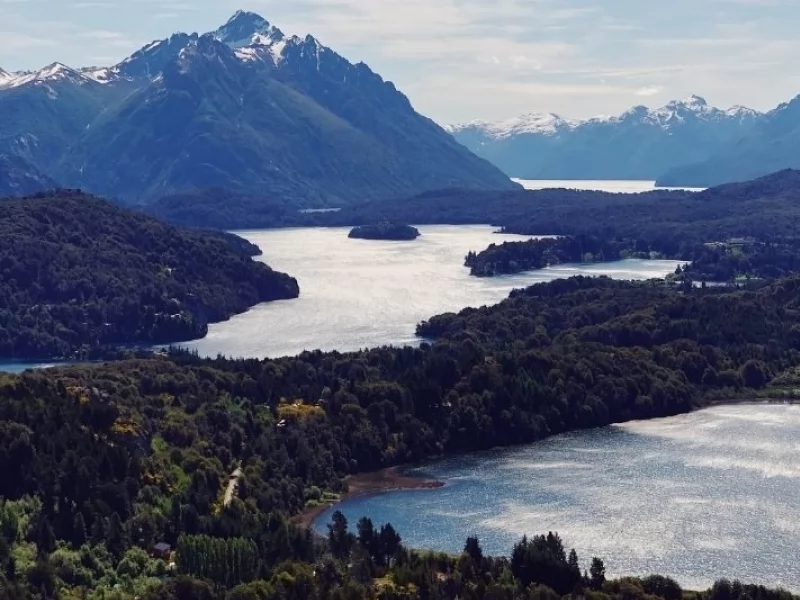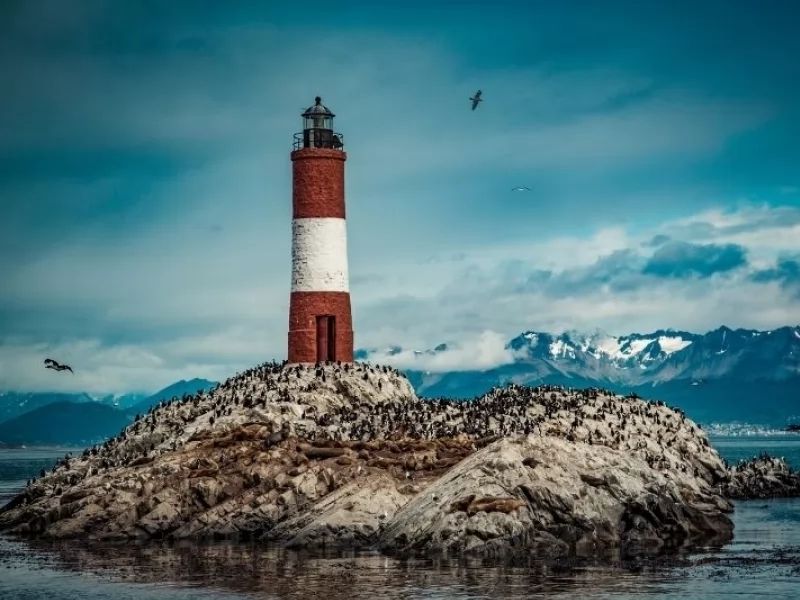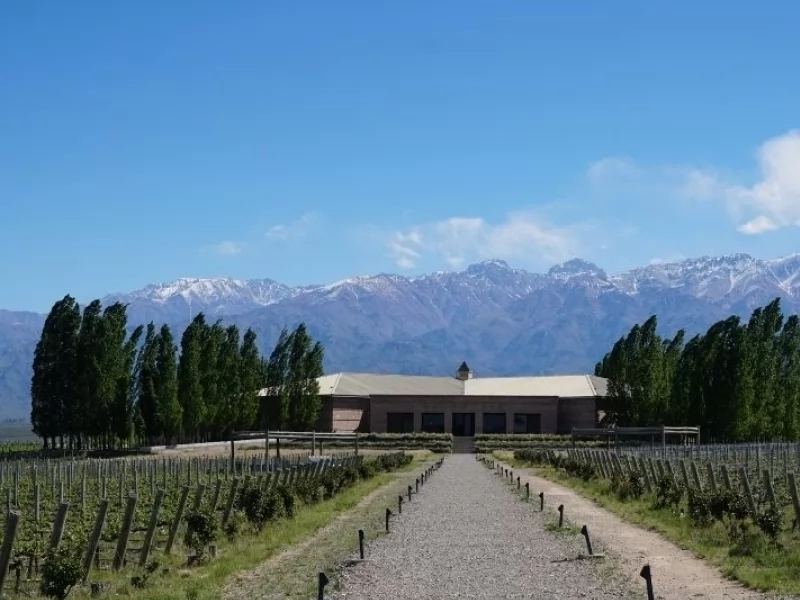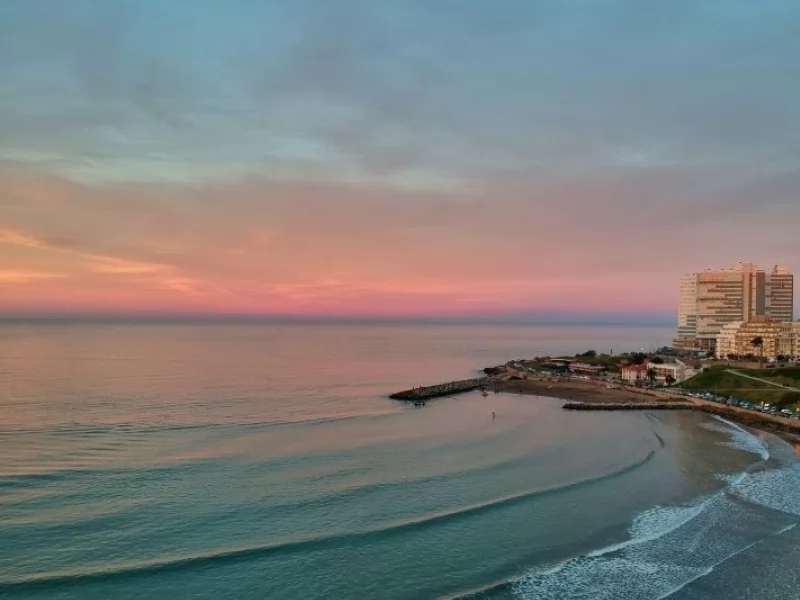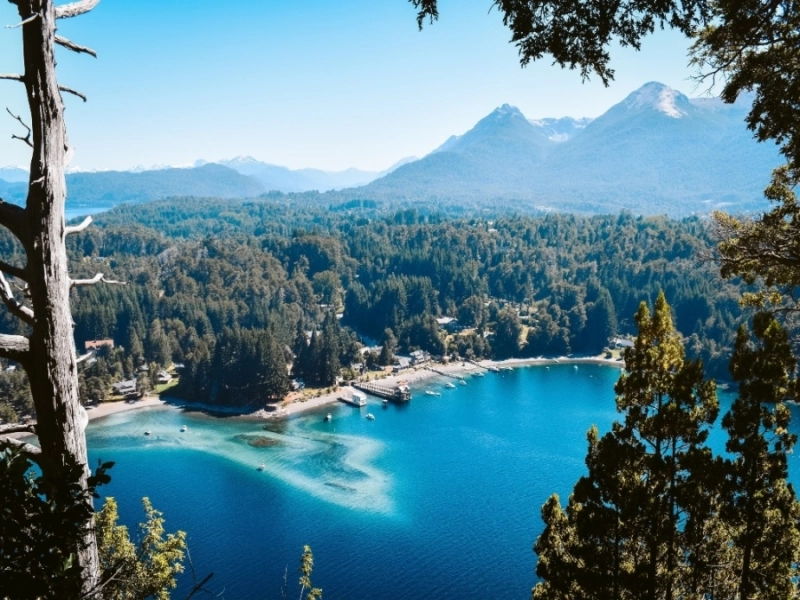News and Testimonials
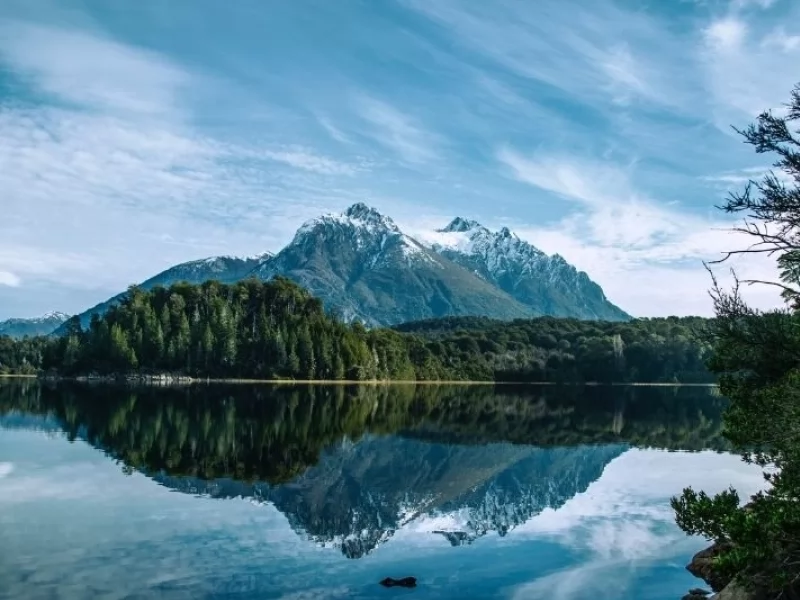
10 Top-Rated Tourist Attractions in Argentina
Argentina's diverse geography encompasses everything from harsh deserts to humid jungles, and long ocean beaches to the soaring Andes. Stretching from the subtropical north to the subantarctic regions of beautiful Patagonia in the south, Argentina's cultural, artistic, and architectural heritage is just as diverse, drawing upon influences from around the world.
With its wonderful barrios, including colorful arts neighborhoods such as La Boca, old-world Recoleta, and trendy districts like Palermo, Buenos Aires sometimes feels more like Europe than Latin America. This lively capital city is the best place to begin exploring (it's also the best place to learn to tango, that most iconic of Argentinian dances).
In addition to its many cultural attractions, the other big draws – and for some tourists its greatest appeal – are the country's natural wonders, including the breathtaking Iguazú Falls, the world's largest group of waterfalls.
To make sure you find all the best places to visit and things to do, use this handy list of the top attractions in Argentina.
1. Iguazú Falls
The stunning Iguazú Falls lie along Argentina's border with Brazil, with Iguazu National Park on the Argentinian side and Iguaçu National Park on the Brazilian side. Protected as a UNESCO World Heritage Site, these huge waterfalls are undoubtedly one of the most spectacular sights in South America.
Visitors can get quite close to these thundering falls thanks to a network of easily accessible walkways and viewing platforms designed to provide the best possible views, including some at the bottom of the falls, an area known as the Devil's Throat.
Iguazu is, in fact, made up of between 150 to 300 individual falls along its nearly three-kilometer edge, a number that changes depending on the season, varying in height between 60 to 82 meters and each as spectacular as the next. Served by an international airport in Argentina (and one in neighboring Brazil), it's relatively easy to visit, particularly if flying from Buenos Aires.
2. Perito Moreno Glacier
The main hub for tourists visiting the UNESCO World Heritage Site of Patagonia's Los Glaciares National Park, the small town of El Calafate offers plenty of accommodation options and other amenities for visitors.
It's here that most visitors join excursions to see the park's popular glaciers, most notably the stunning Perito Moreno Glacier, a massive 30-kilometer-long ice formation (and the world's third largest freshwater reserve) just 78 kilometers from the town center.
Named after a 19th-century explorer, it's just a two-hour trip from El Calafate to the glacier's large visitor center, and from here just a short walk to the glacier. For those wanting to climb the glacier, ice trekking tours are available that range from an hour's walk over the ice formation to longer five-hour excursions.
Another important feature of Los Glaciares National Park is the 3,359-meter-tall Monte Fitz Roy, a stunningly beautiful mountain straddling the border with Chile that is reputably harder to climb than Everest.
3. Recoleta, La Boca, and Tango in Buenos Aires
One of South America's most attractive cities (also one of the largest), Buenos Aires is often the first glimpse of Argentina most visitors will have before heading off to popular tourist destinations such as Patagonia.
But the smart ones will linger here and take in the many delightful museums and art galleries housed in the splendid old colonial buildings spread across the city's districts or barrios.
Be sure to visit La Boca, Buenos Aires' most colorful neighborhood and home to the quirky Caminito Street Museum, a splendid pedestrian zone and open-air museum popular for its brightly painted houses, amusing sculptures, cafés, music, and tango dancers in the streets.
Fashionable Recoleta is another must and is where you'll find the Recoleta Cemetery, with its elaborate mausoleums containing the remains of such famous Argentinians as Eva (Evita) Perón, along with numerous public gardens, museums, art galleries, cafés, and boutique shops.
Other districts to explore if time permits are Palermo and Belgrano with their wide boulevards and palatial mansions, and, in the downtown core, the delightful Plaza de Mayo.
4. Tierra del Fuego National Park
The 156,000-acre Tierra del Fuego National Park extends all the way from Beagle Channel to the Chilean Border and northwards to Lago Kami. It's a paradise for hikers, with trails for all experience levels.
Using the town of Ushuaia as a base, adventurers head out onto the park's hiking trails or along the coastline to explore its dramatic scenery, which includes everything from tall waterfalls, dense forests, and mountains, to beautiful glacier-fed lakes such as Roca and Fagnano.
One of the most popular routes is Senda Costera, a coastal path to Lake Roca from Ensenada Bay that offers a chance to see a rich diversity of wildlife including Andean condors.
Those who prefer to see the sights in comfort can take a ride on the superb Southern Fuegian Railway, an elegant antique steam train through the park to Canadon de Toro.
5. Puerto Madryn and the Valdés Peninsula
The city of Puerto Madryn lies on the shores of Golfo Nuevo in one of the most sheltered places on the Patagonian coast. Founded by Welsh settlers in 1886, the city's deep-water port and abundant nature reserves make it one of the most popular cruise destinations in Argentina.
Its rugged coastline attracts water sports enthusiasts, particularly windsurfers who enjoy defying the strong Patagonian winds. Nature lovers find plenty of things to do on the Valdez Peninsula, an important nature reserve listed as a UNESCO World Heritage Site for its diverse wildlife.
Guided tours of the reserve are a must, and visitors normally leave having seen everything from right whales (here to mate and calve), along with elephant seals, sea lions, and orcas. It's also an important breeding ground for migratory shorebirds, in particular Magellanic penguins.
Learn more about the environment of this beautiful coast at the Natural Science and Oceanographic Museum, set in a beautiful heritage building overlooking the harbor. The museum features displays of Patagonian flora and fauna, including a whale skeleton and a fascinating exhibit about giant squids.
6. Ushuaia: The End of the World
At the southern end of Argentina, Patagonia is famous for its spectacular landscapes: a dramatic mix of the Andes and long stretches of plains and plateaus. Most adventures here start in Ushuaia, the world's southernmost city.
Established as a penal colony in the early 20th century and now a popular jumping-off point for trips to Antarctica or around Cape Horn, this town on Beagle Channel is surrounded by a unique landscape of mountains, sea, glaciers, and woods on the edge of the Tierra del Fuego National Park, with its spectacular scenery and diverse flora and fauna.
Popular places to visit include the San Juan de Salvamento Lighthouse – also known as the End of the World Lighthouse – built in 1884 on the Isla de los Estados, and the End of the World Museum. Here, you'll find exhibits relating to the region's natural history, aboriginal life, and early penal colonies.
The Maritime Museum of Ushuaia is housed in the town's notorious former military prison, is worth visiting for its many maritime artifacts and scale models of famous ships such as Darwin's Beagle.
Named for Darwin's ship, the Beagle Channel cuts through the heart of the national park, and you can board a boat in Ushuaia to cruise through this historic waterway.
7. Bariloche and the Route of the Seven Lakes
Usually simply referred to as Bariloche, San Carlos de Bariloche is a lively city set in the midst of Nahuel Huapi National Park, and Patagonia's the northern Lake District.
Skiers, especially those from the Northern Hemisphere seeking snow in the height of the northern summer, flock to Bariloche for nearby Cerro Catedral, the tallest of its peaks and a popular ski resort. One of the largest ski resorts in South America, Cerro Catedral includes more than 100 kilometers of ski terrain and is particularly popular for its stunning views over Nahuel Huapi, in the middle of the national park.
Bariloche is a center for active adventure and for exploring the park's mountains, lakes, waterfalls, forests, glaciers and extinct volcanos. Although the region is rich in opportunities for hiking, rafting, cycling and climbing, a driving circuit known as the Route of the Seven Lakes takes tourists to the alpine lakes of Nahuel Huapi, Espejo, Escondido, Falkner, Villarino, Correntoso, and Machónico.
8. Mendoza
Undoubtedly one of Argentina's most beautiful cities, filled with Art Deco architecture, Mendoza is as popular with outdoor enthusiasts in winter as it is in summer. When the snow flies, skiers from across South America experience some of the Andes' best ski slopes at the popular resorts of Las Leñas, renowned for its steep terrain, and Los Penitentes, just 25 kilometers from the border with Chile.
In the summer, these same areas are popular among hikers and climbers, many aiming for the top of the 6,960-meter-tall Aconcagua mountain. Other outdoor activities include whitewater rafting and trail riding, with some riding stables offering overnight adventures with camping under the stars.
Also famous for its olive oil production, Mendoza has many other attractions, including a number of museums and annual festivals, as well as a bustling Central Market (Mercado Central) where locals buy produce, meat, and fish, and where visitors can find food stalls and restaurants.
9. Historic Córdoba Cathedral
In central Argentina, a five-hour drive from Buenos Aires, Córdoba is the country's second largest city and is often used as a stopover on trips into the Andes. Most of the city's finest old buildings date back to the early colonial period of the 16th century.
Explore the historical center of the city around Plaza San Martin, now a UNESCO World Heritage Site. Here, you'll find the beautiful Cathedral of Córdoba, a splendid mix of Baroque and Neoclassical styles that can trace its roots back to the original Roman Catholic church built here in 1580.
Highlights of the structure, much of which dates from the 18th century, include an ornate interior with exquisite 20th-century frescoes and murals painted by leading Argentinian artist Emilio Caraffa, a native of Córdoba.
Note also the unique silver altar and an important collection of gold votive offerings. Below, the crypts are the final resting place of a number of important Argentinians.
One of the favorite things to do in Argentina is learn to tango, and you can take classes at the Cabildo, a cultural center, and mix with locals who go there to dance.
10. Beaches of Mar del Plata
Some of the best beaches in South America are in the relatively modern city of Mar del Plata, on the Atlantic coast 400 kilometers from Buenos Aires. Here, the beautiful beaches sprawl for more than eight kilometers of coast that's also marked by windswept dunes and dramatic cliffs.
Nearest Mar del Plata's modern cruise ship port are the Chica and Grande beaches (they're also popular among sea lions, many of which hang out in the waters around the city's fishing wharves).
Once a playground for the rich, the city is a mix of fine old mansions, which mingle with newer resorts along the city's splendid waterfront with its numerous parks, squares, and gardens.
Mar del Plata is home to the excellent Juan Manuel Fangio Museum, dedicated to one of the world's greatest Formula One drivers and containing more than 100 cars and 500 trophies. A highlight is an exhibit dedicated to the first automobile, an 1886 Daimler).
One of the most popular things to do for families is a visit to the Mar del Plata Aquarium with its many marine attractions, including dolphin and seal shows, penguins, tortoises, and flamingos.
Source: https://www.planetware.com/tourist-attractions/argentina-arg.htm

